When I was growing up, New Zealand children went barefoot in summer. This had nothing to do with whether their parents could afford shoes or not, it was just something that was part of our summer culture. And it was possible because it was safe (apart from the odd bee sting).
New Zealand is not like Australia, where people share their lives with a wide range of snakes and poisonous spiders. I grew up being told that New Zealand had no snakes and only one species of poisonous spider – called the Katipo. That one didn’t matter, either, since you only encountered Katipos if you were foolish enough to go disturbing driftwood on certain beaches.
My wife, Helle, inadvertently discovered which half of the story is incorrect. She was at the chemist waiting to be served and felt a movement on her shirt sleeve followed by a huge stab of pain. She watched as a spider dropped off her hand and scuttled under the counter.
With her arm numb and useless, she described what had happened to the assistant who, on hearing her slight accent, clearly felt that this was a foreigner in need of education. “There are no poisonous spiders in New Zealand” she said firmly, insisting instead that a wasp must have been the culprit. It was as though Helle’s story was an affront to her belief that New Zealand was a safe country.
It was as though Helle’s story was an affront to her belief that New Zealand was a safe country.
A year or two later, an article appeared in our local newspaper. It revealed that the white-tailed spider, which was widespread in our area, could inflict a very painful bite.
Our faith in there being no poisonous spiders in New Zealand had been misplaced. We now know that the white tail had arrived (from Australia) by the 1870s, but it seems that entomologists kept that piece of knowledge to themselves for the next hundred and twenty years. Everyday Kiwis had been blissfully ignorant of the threat, but at least Helle felt vindicated at the chemist.
Yet the question remains. How could a New Zealand article of faith have been incorrect for so long? And, more importantly, why do we have these articles of faith at all?
I first began asking myself such questions at university when I realised, to my horror, that I had been using reason throughout my schooling without anyone ever explaining to me why I should accept it. Where was the proof – and wasn’t using reason to prove reason a circular argument anyway?
If people four hundred years ago accepted the divine as an article of faith, were we, in our faith in reason, so very different?
If people four hundred years ago accepted the divine as an article of faith, were we, in our faith in reason, so very different?
Articles of faith are not just assumptions. It is not that I simply assumed reason was okay. Rather, an article of faith is a shared position or understanding that a whole group accepts, without its ever having been justified to them. They just pick it up because everyone around them accepts it on trust.
Of course, a small subset of people will hold that belief because they have properly thought it through. But for them it is not an article of faith. For them it is knowledge.
There are many things that can be held as articles of faith: the idea that democracy is the right and proper political form; that women have the right to choose; that life starts at the moment of conception; that it is best to have a strong leader; that nepotism is bad; that human rights are natural and universal; that art is important; that our own country (whichever it is) is the best in the world, etc. etc.
The problem with articles of faith lies not in having them per se, but rather in how we respond to their being questioned. I suspect that regardless of where you, the reader, sit on the political spectrum, some of the things I listed above will have triggered you. Even labelling some of them as an article of faith may have been confronting.
When we feel strongly and intuitively that something is true (or that it is absolutely false), I think we defend our position with more emotion than we might if that belief was intellectually founded.
It is easy to find parts of society with articles of faith that educated people will scoff at. But, as my discovery about reason shows, ‘educated people’ have articles of faith too. Apart from reason, critical thinking and various forms of cultural theory are often, in my experience, less taught than absorbed. And this is where a little knowledge becomes dangerous.
I don’t think that we do enough to identify and discuss articles of faith. Tertiary education, it seems to me, spends a lot of time developing the critical skills needed to battle articles of faith that offend against a broadly liberal/progressive world view. Rather less time, if any, is spent on helping people recognise the articles of faith that underpin that viewpoint itself. Ones like reason.
I don’t think that we do enough to identify and discuss articles of faith.
And now that we spend our time on social media with algorithms feeding us stuff from people we generally agree with and trust, we are probably taking more and more things on faith because of that illusion of consensus.
Given all this, should we find ourselves experiencing a strongly emotional sense of frustration or outrage about someone else’s arguments or beliefs (one where we feel strongly they are absolutely, definitively wrong) it might be wise first to stop and think.
Maybe treat our emotion as a sign. One that is telling us that, before we judge, we need first to explore whether any articles of faith might be fuelling our reaction. If so, then we need to examine whether they are justified and, indeed, whether we really understand why we have them.
Poisonous spiders react to being pressed by biting. I sometimes wonder if, for all our twenty-first century education, we are so very different.
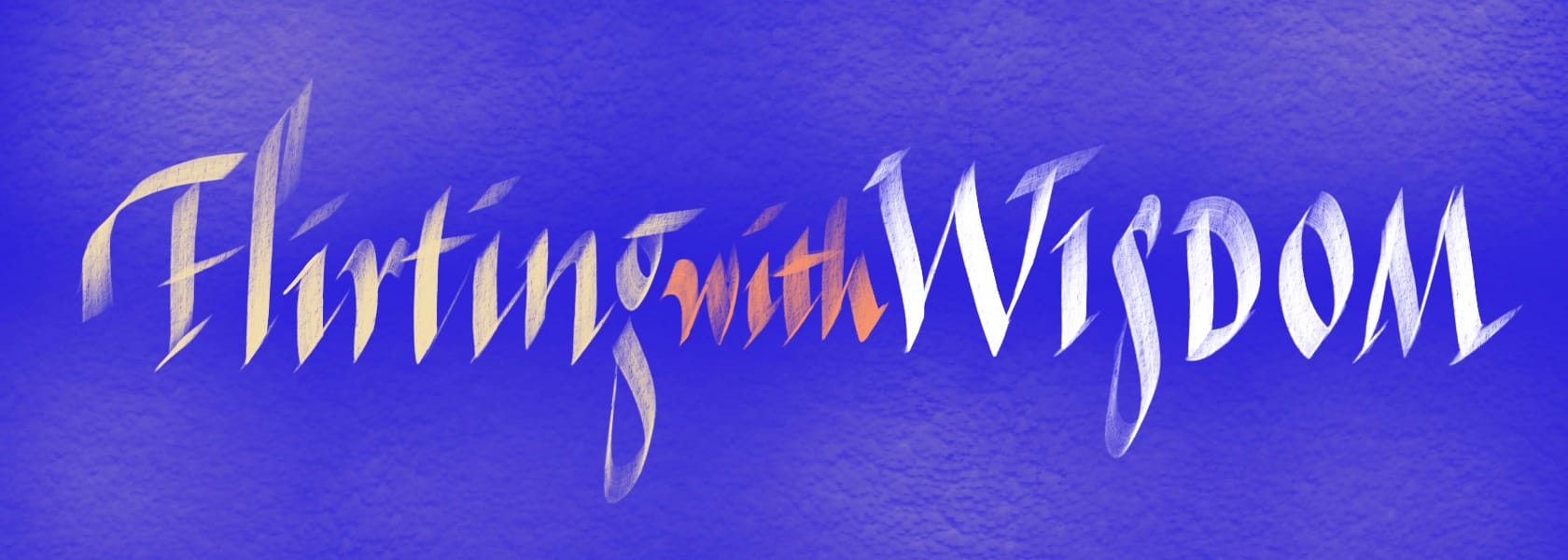
Each vignette invites readers to embrace the beauty of unfinished thinking and the art of holding life’s ongoing questions.


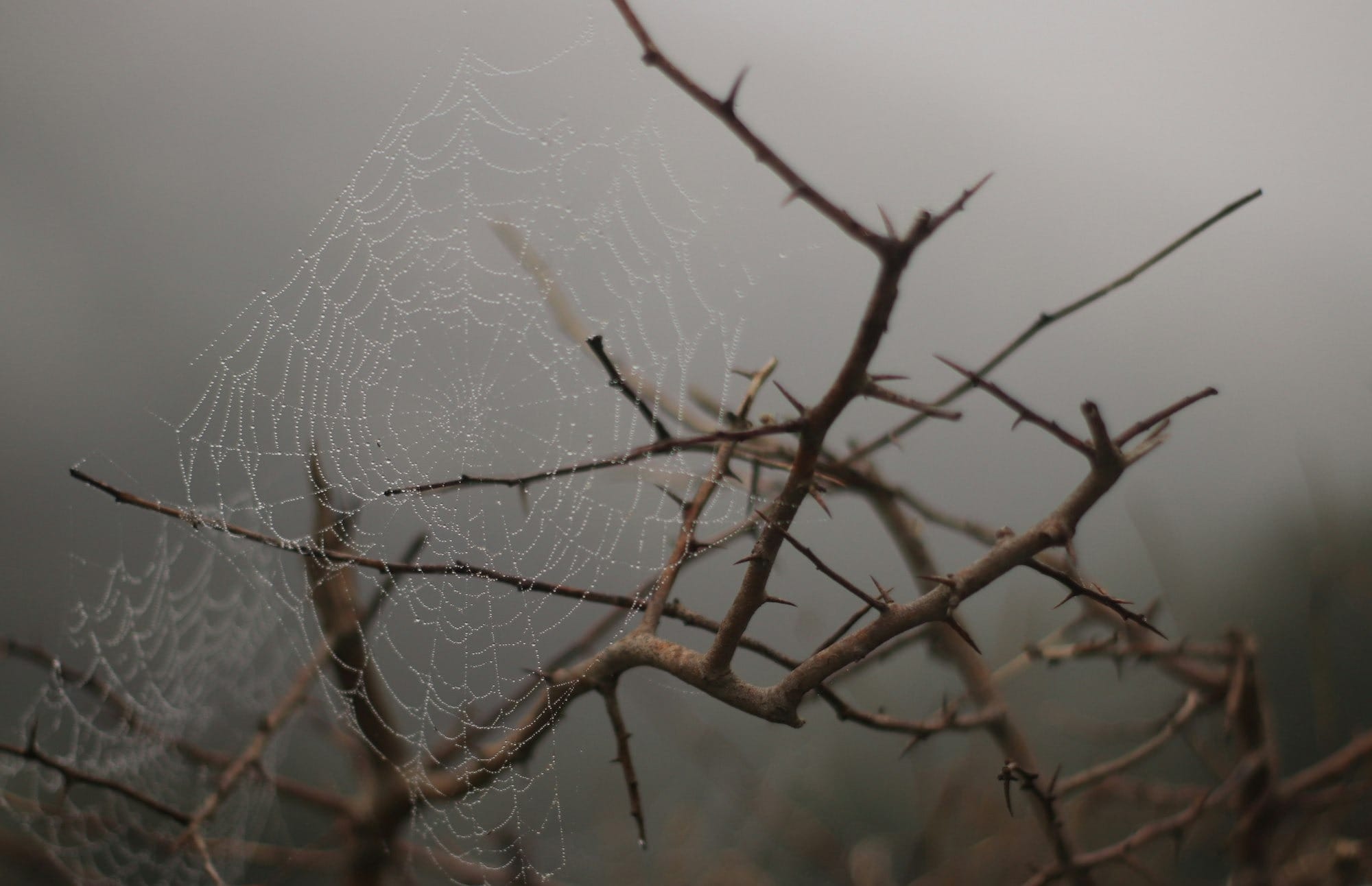
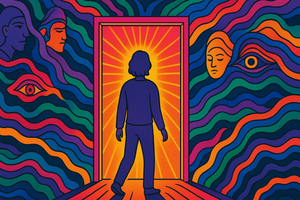

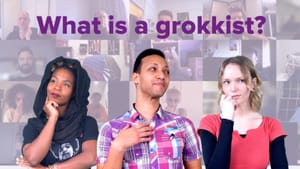

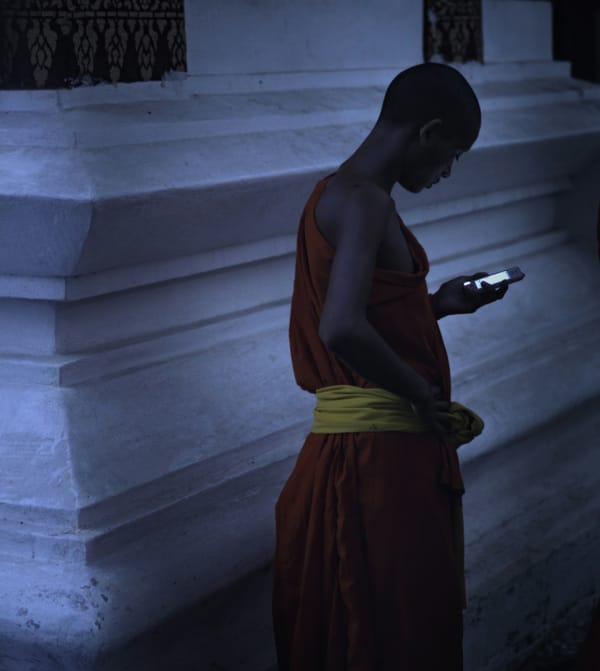

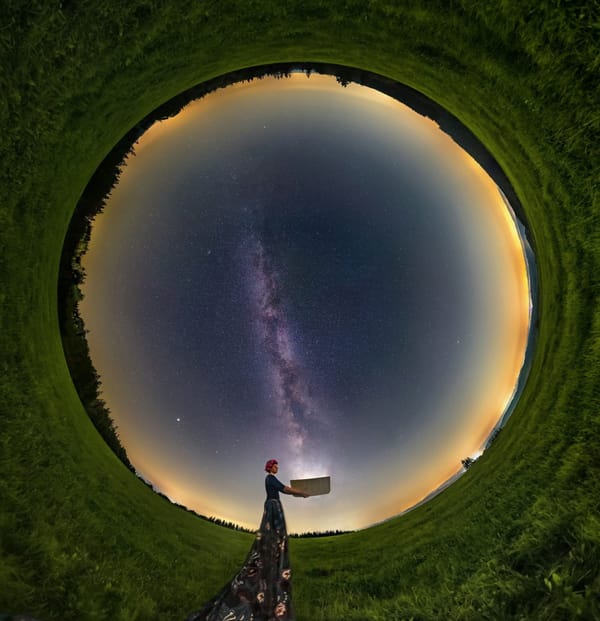
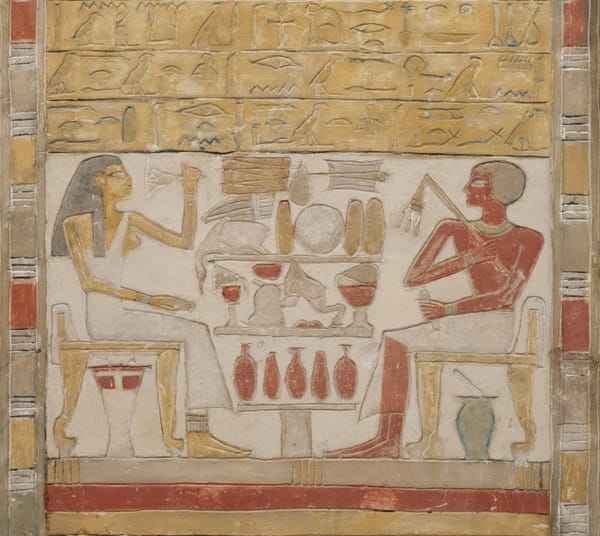
Member discussion